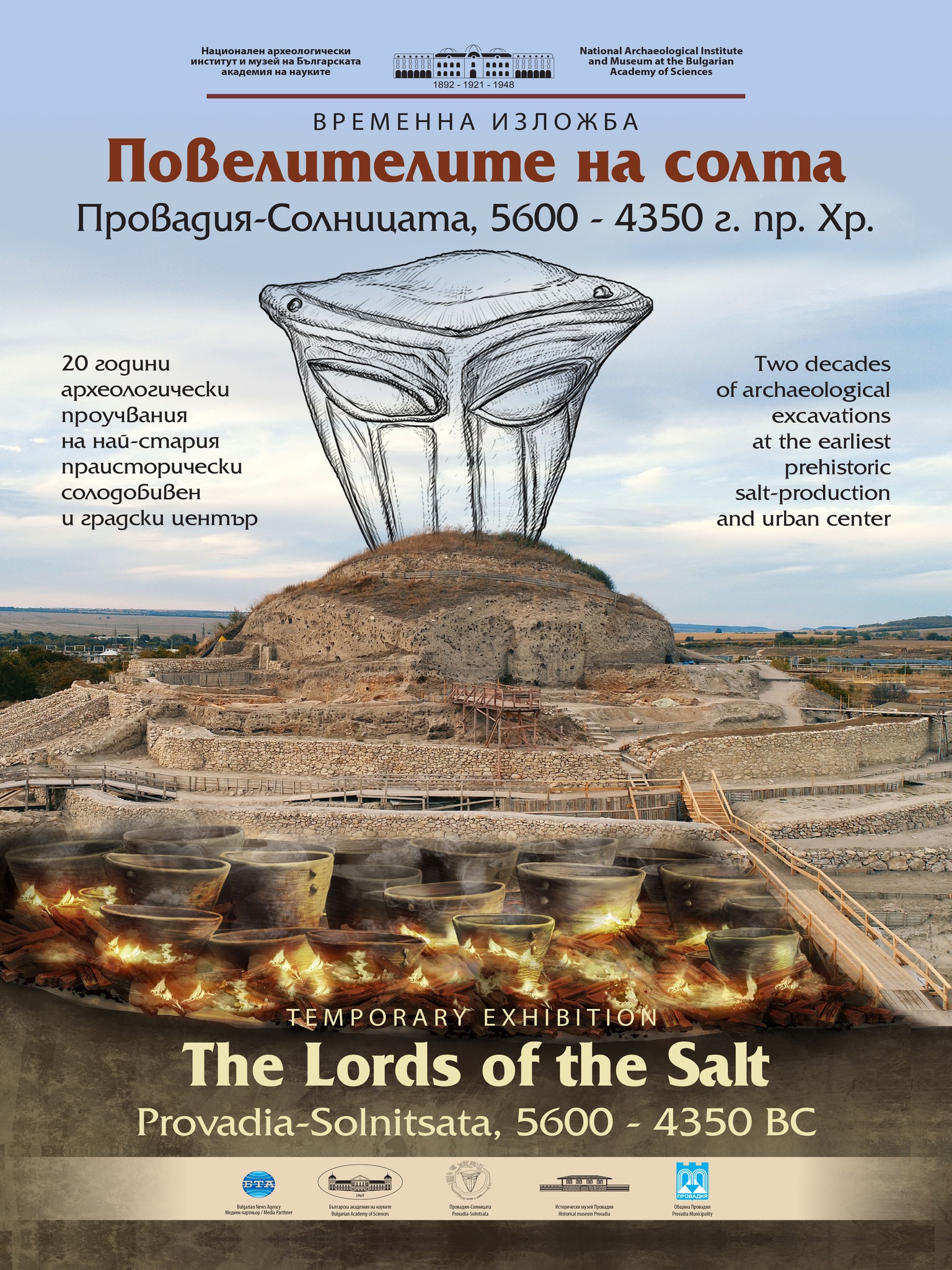
Bone tool for pottery decoration
Our imagination has once again been excited with the new find of a rare bone tool from the Middle Chalcolithic period (4700-4600 B. C.), created and used at a ceramic workshop at the Oldest Prehistoric Salt-production and Unban Center in Europe.
The beautiful ceramic vessels from the period are astonishing with the vast color palette, shapes, and their fineness. The delicate bone instrument was used to decorate those vessels and was found amongst the remains of a Middle Chalcolithic building, under investigation this season. It has five short and well defined “teeth” which would have been ideal to apply the ornament by pressing the stamp to the damp clay surface, before drying and baking the vessels. With its small size, this tool allowed the master-ceramist the opportunity to create abundant and intricate motives, thus turning each ceramic vessel into a unique work of art.
Solnitsata is an extraordinary place that astounds its visitors and sparks their imagination. The skills of the ancient people of The Oldest European Salt-Production Center were not limited to the mere production of salt. The accumulation of wealth that followed the salt production imposed the erection of the oldest and most efficient stone defense walls on the continent. Currently under investigation, are some of the two-three story houses with lavishly decorated walls, where those people had lived. However, the most widespread “art” of the 5th millennia was the ornamentation onto ceramic vessels, including those crafted with the means of a stamp, following the trends of the period, much like the one we have just found.













